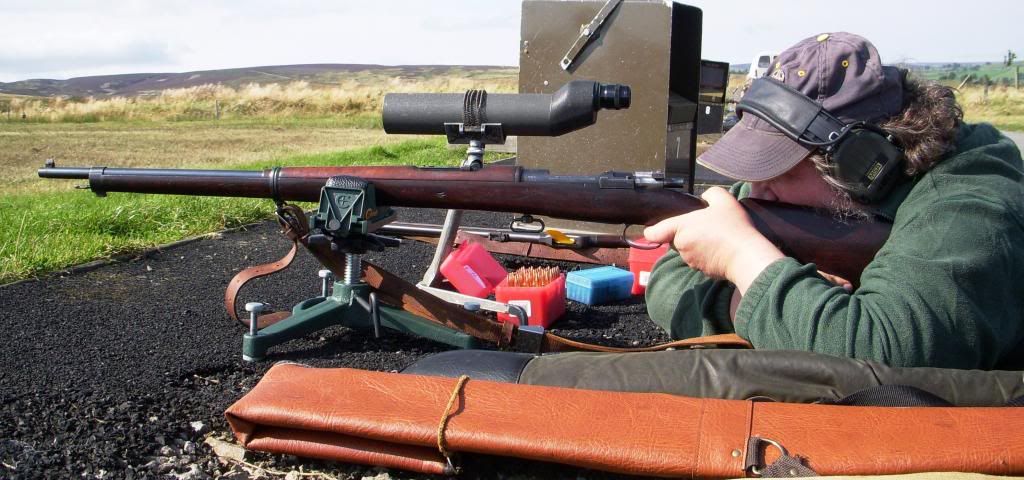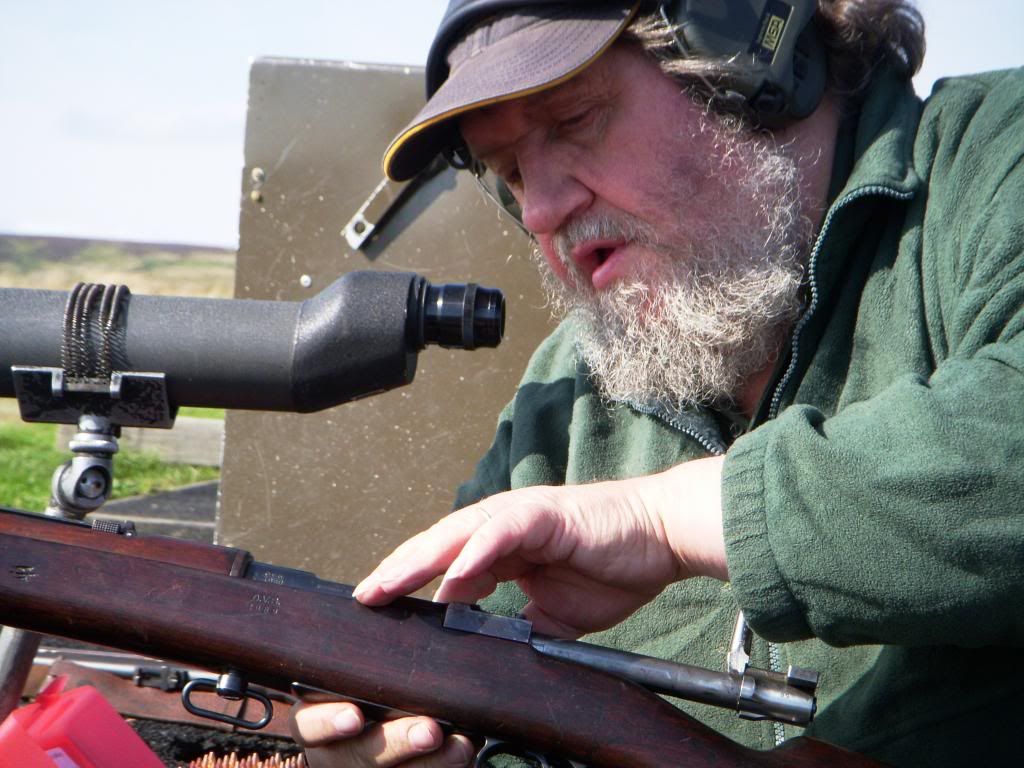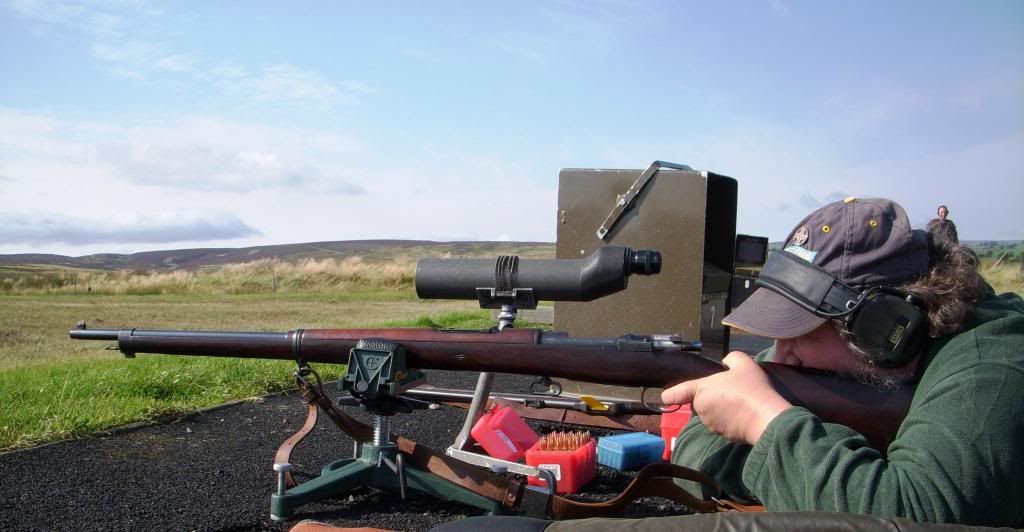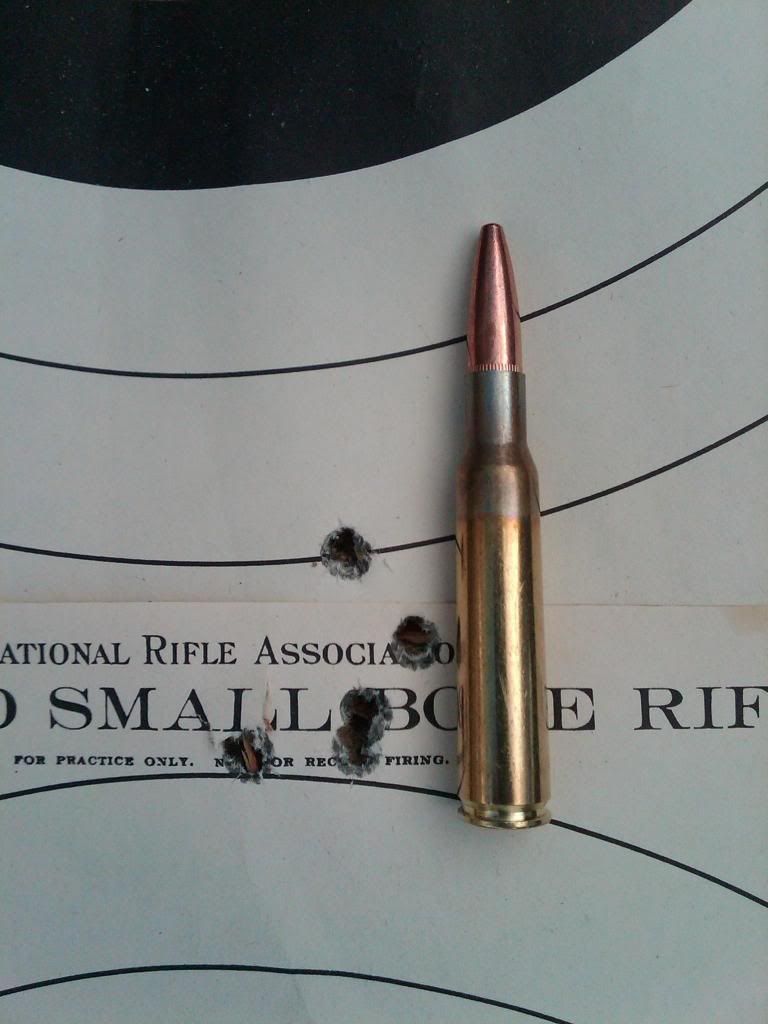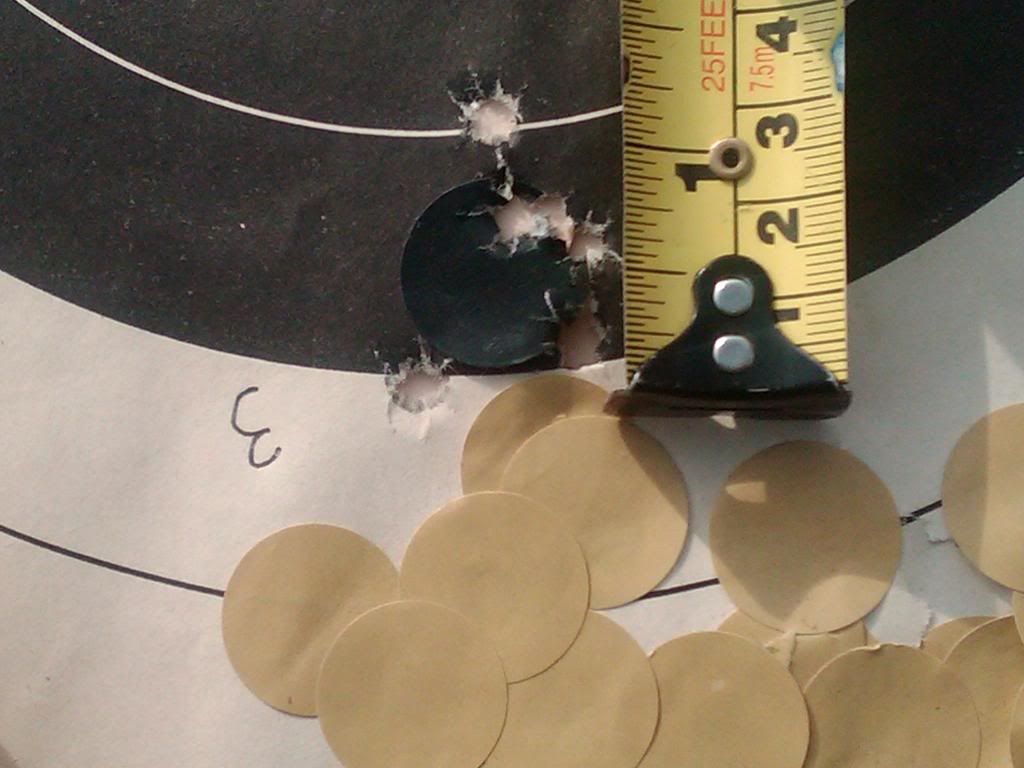Re: Early Mauser rifles
Posted: Wed Jan 18, 2017 3:58 pm
There are a lot of these earlier Mausers in use in this country. I've seen many 71s and 71/84s on ranges over the years, but as Saddler says, the most commonly found model by far is the Swedish M1896.
There are a surprising number of Boer M1895s to be found though. It seems many came back as souvenirs from the 1898-1902 South African War and ended up in public school cadet armouries and small museum collections. Back in the early '80s, the police put a lot of pressure on museums to spend very large sums on enhanced security for their weapons collections which they couldn't afford, and with deactivation not an option then, the curators closed them and sold everything 'registrable' into the gun trade and hence into private ownership. Likewise, school cadet forces had clear outs in this period for non British Army issue weapons and sold these odd pieces on. I had a DWM Boer M1896 many years ago that was one of a pair that ended up in the Westminster School cadet armoury, nobody knowing when or how they'd originally appeared.
Vast numbers of surplus South American Mausers of all marks were sold cheaply in the USA over a 30 year period after WW2, and are often still very affordable today, bought and sold in small town gun fairs in many states. Hardly any made their way here originally, but in recent years a few have appeared and are seen on specialist historic arms dealers' lists. I picked up two Chilean 7X57s a couple of years back from Henry Krank in West Yorkshire, both long rifles with straight-out bolts as per early long models - a DWM M1895 which is identical to my old Boer rifle apart from the markings, and an M1912 by Steyr which uses the G98 action. The latter shoots very well, still to test and sort out the former. Sights are terrible to my elderly eyes which is a big downside on nearly all earlier Mausers, (Swedish M1896s aside), their using shallow V rears and inverted cone 'Partridge' foresight blades. I had a look down the sights of a contemporary (to the M1895) Long Lee-Metford last Sunday, and its sights are very much easier to use.
There are a surprising number of Boer M1895s to be found though. It seems many came back as souvenirs from the 1898-1902 South African War and ended up in public school cadet armouries and small museum collections. Back in the early '80s, the police put a lot of pressure on museums to spend very large sums on enhanced security for their weapons collections which they couldn't afford, and with deactivation not an option then, the curators closed them and sold everything 'registrable' into the gun trade and hence into private ownership. Likewise, school cadet forces had clear outs in this period for non British Army issue weapons and sold these odd pieces on. I had a DWM Boer M1896 many years ago that was one of a pair that ended up in the Westminster School cadet armoury, nobody knowing when or how they'd originally appeared.
Vast numbers of surplus South American Mausers of all marks were sold cheaply in the USA over a 30 year period after WW2, and are often still very affordable today, bought and sold in small town gun fairs in many states. Hardly any made their way here originally, but in recent years a few have appeared and are seen on specialist historic arms dealers' lists. I picked up two Chilean 7X57s a couple of years back from Henry Krank in West Yorkshire, both long rifles with straight-out bolts as per early long models - a DWM M1895 which is identical to my old Boer rifle apart from the markings, and an M1912 by Steyr which uses the G98 action. The latter shoots very well, still to test and sort out the former. Sights are terrible to my elderly eyes which is a big downside on nearly all earlier Mausers, (Swedish M1896s aside), their using shallow V rears and inverted cone 'Partridge' foresight blades. I had a look down the sights of a contemporary (to the M1895) Long Lee-Metford last Sunday, and its sights are very much easier to use.

